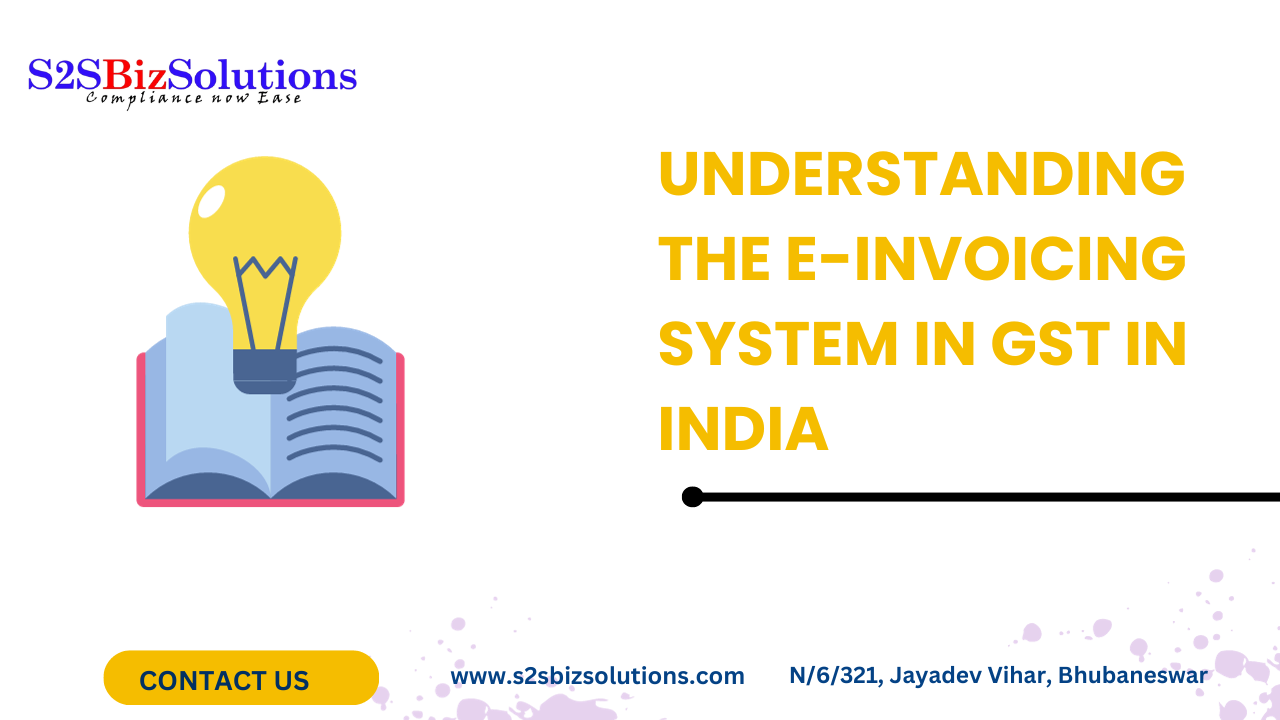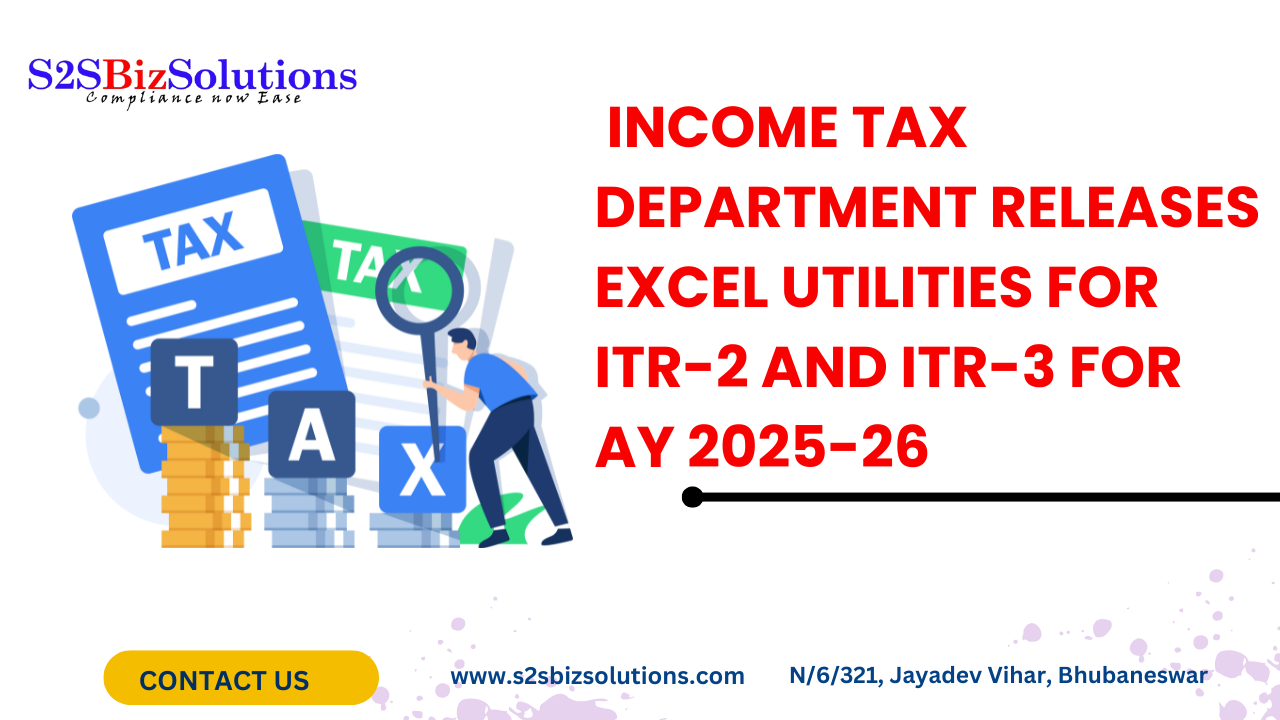
In January 2022, the threshold for mandatory GST e-invoicing in India for taxpayers exceeded INR 5 crore in aggregate turnover in any preceding financial year. However, tax laws and regulations can change, so it's important to check the latest updates from the Indian tax authorities, particularly the Goods and Services Tax Network (GSTN) and the Central Board of Indirect Taxes and Customs (CBIC), to confirm the current threshold and requirements for e-invoicing.
Keep in mind that e-invoicing is part of India's efforts to digitize and streamline the GST compliance process and reduce tax evasion. Taxpayers meeting the prescribed threshold are required to generate invoices in a specific format and report them to the government portal.
In January 2022, e-invoicing in the Goods and Services Tax (GST) system in India was introduced to improve tax compliance, reduce tax evasion, and simplify the invoicing process for businesses. Here's a basic understanding of the e-invoicing system in GST in India:
-
Applicability:
- E-invoicing was mandatory for businesses with a turnover exceeding INR 500 crore in any financial year from October 1, 2020. Subsequently, the threshold was lowered to INR 100 crore from January 1, 2021.
-
Generation of E-invoices:
- Businesses that fall under the applicable threshold are required to generate invoices in a specific format prescribed by the GSTN (Goods and Services Tax Network).
- E-invoices are generated through the Invoice Registration Portal (IRP).
-
Invoice Format:
- E-invoices follow a standardized format known as the 'Schema,' which includes mandatory fields and specific data requirements.
-
IRN (Invoice Reference Number):
- The Invoice Reference Number (IRN) is a unique identifier generated by the IRP for each e-invoice. It is based on the hash of the invoice data and is essential for tracking and verification.
-
Reporting to GSTN:
- Once an e-invoice is generated, it needs to be reported to the GSTN. The e-invoice data is uploaded to the IRP, which then validates the data and generates the IRN.
-
QR Code:
- E-invoices must contain a QR code that stores the IRN and other key invoice details. This allows for easy verification by tax authorities and other stakeholders.
-
Cancellation and Corrections:
- If there are any errors in an e-invoice, corrections and cancellations must also be made electronically through the GSTN.
-
Integration with Accounting Software:
- Businesses typically integrate their accounting and invoicing software with the GSTN to ensure a seamless e-invoicing process.
-
Benefits:
- E-invoicing reduces manual errors, streamlines compliance, and improves the efficiency of tax administration.
- It helps businesses claim input tax credit (ITC) without much hassle.
-
Compliance and Penalties:
- Non-compliance with e-invoicing requirements can result in penalties and other consequences under the GST law.
Please note that the rules and thresholds related to GST and e-invoicing are subject to change. It's essential to refer to the official GST portal, the GSTN, or consult with a tax professional to get the most up-to-date information and guidance regarding the e-invoicing system in India. Since my knowledge is based on information available up to January 2022, there may have been developments or changes in the system since then.

















